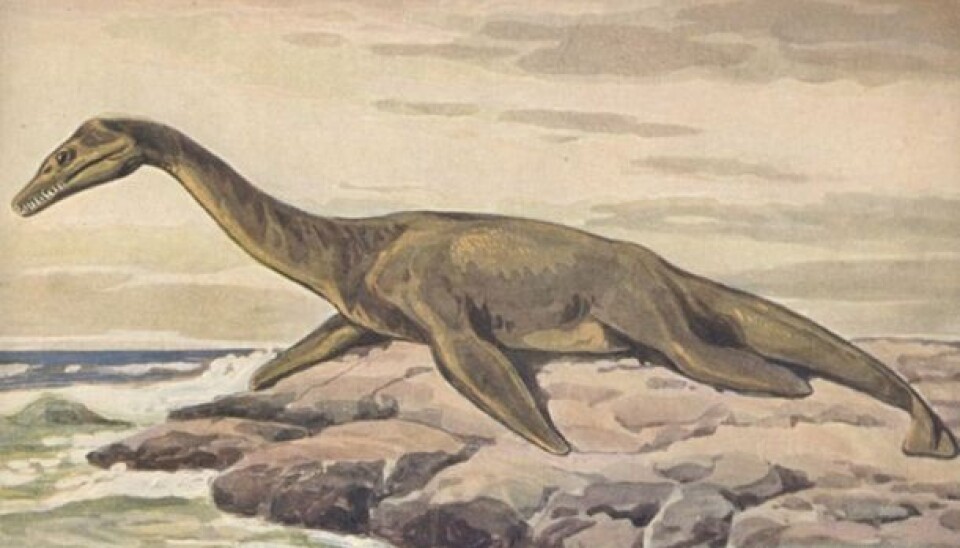
Animals that might exist
Cryptozoology isn’t just about abominable snowmen and dinosaurs hiding out in highland lakes. Normal animals also have their place in the study of creatures that are still hypothetical. Anyway, what do we mean by normal?
Denne artikkelen er over ti år gammel og kan inneholde utdatert informasjon.
Cryptozoology is a field that attempts to find animals whose existence haven’t been proven.
The yeti, or abominable snowman, is one example. Enthusiasts have tried to document its existence in the Himalayas for years. The same goes for its North American cousin, Big Foot.
But such fantasies detract from the true cryptozoology, according to Torfinn Ørmen, associate professor at the University of Oslo’s Natural History Musuem:
“Stories don’t need to be crazy for a creature to be placed in the crytpozoology file. They can seem spectacular if we aren’t used to seeing them,” he says.
Ridiculed the notion of a jungle horse
Cryptozoology’s most renowned discovery, and proof that fantastic creatures can exist, is the okapi.

“When European explorers brought horses and pack animals with them to Africa in the 1800s, the pygmies they encountered were not surprised to see these large animals. They should have been, because there were no indigenous horses in Africa,” says Ørmen.
Pygmies were used to seeing an animal that resembled horses – but what was it they’d seen? The colonial governor of what is now Uganda, Sir Harry Johnston, spoke with the local tribesmen and began to suspect that a wild horse species really lived in the jungle.
“Johnston searched for the animal for 40 years, despite massive disapproval and ridicule from Europe,” says Ørmen.
“All the established scientists wrote this animal off as nonsense. How could it exist? Johnston was looking for a horse, and since horses are not jungle animals, it had to be a myth.”
A living fossil giraffe

But in 1901, when Johnston got his hands on a skull of this jungle animal, it turned out that he was partly right – and also generally wrong.
Indeed there was a horse-like animal living in the forests of Uganda. But it was not a horse.
“The skull had a non-equestrian set of teeth and it had small and very special horns. Horns like this were only found on one animal: the giraffe. He had ‘discovered’ the first short-necked giraffe – and the only other surviving member of the giraffe family,” says Ørmen.
Fossil evidence showed that other types of giraffes had once wandered around in Africa – types that were smaller and had shorter necks. Nobody could conceive of a “fossil” giraffe turning up in the woods.
“The organisation is now defunct, but the International Society of Cryptozoology used the okapi as its logo. The okapi is the beast that the scientific community didn’t think was possible, but there it was, and it was even more exciting than anyone had imagined,” says Ørmen.
Can a plesiosaur be mistaken for a rhino?
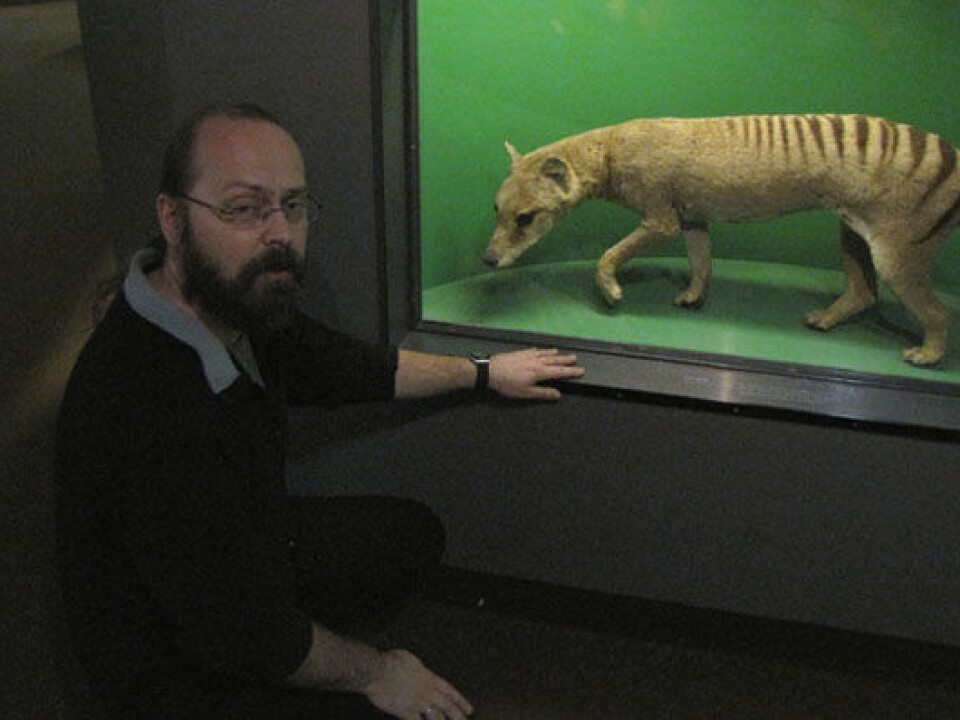
Cryptozoology can be divided into three categories:
First are the animals that might actually exist. The okapi turned out to be a good example.
The second category involves animals that we know existed previously but are now extinct. A cryptozoological approach would involve their chance survival. The swan-necked swimming dinosaurs, plesiosaurs, are in this group because some people think they are lurking in the depths of lakes.
“For example, you have the legends about the Mokele Mbembe, a plesiosaur which is supposed to live in the jungles of Congo. However, descriptions of it by locals make it sound more like a new and unknown type of rhinoceros,” says Ørmen.
Mokele Mbembe is described as grey, rather lumpy, with powerful legs, a long neck and horns on the front of its head. Out of these characteristics, only the long neck points toward a plesiosaur.
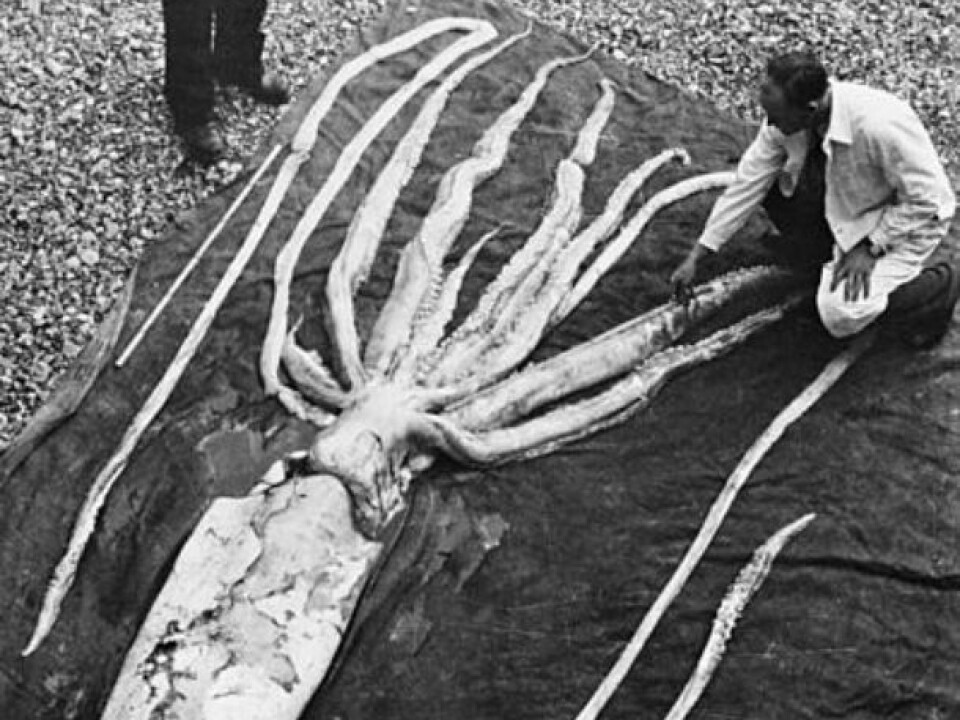
It could be a description of a rhinoceros.
“The thing is that if it is a rhino, either a variation of the black rhinoceros – which is the most plausible – or if it’s a new species, its existence would be sensational, because there are no rhinos in this part of Africa,” explains Ørmen.
Leopards in the UK
The last division of cryptozoology is about animals we know exist, but they are not where people report seeing them.
“In this group we have stories about leopards in the south of England. It would be possible for leopards to escape captivity in Great Britain and for a male and a female to have offspring,” says Ørmen.
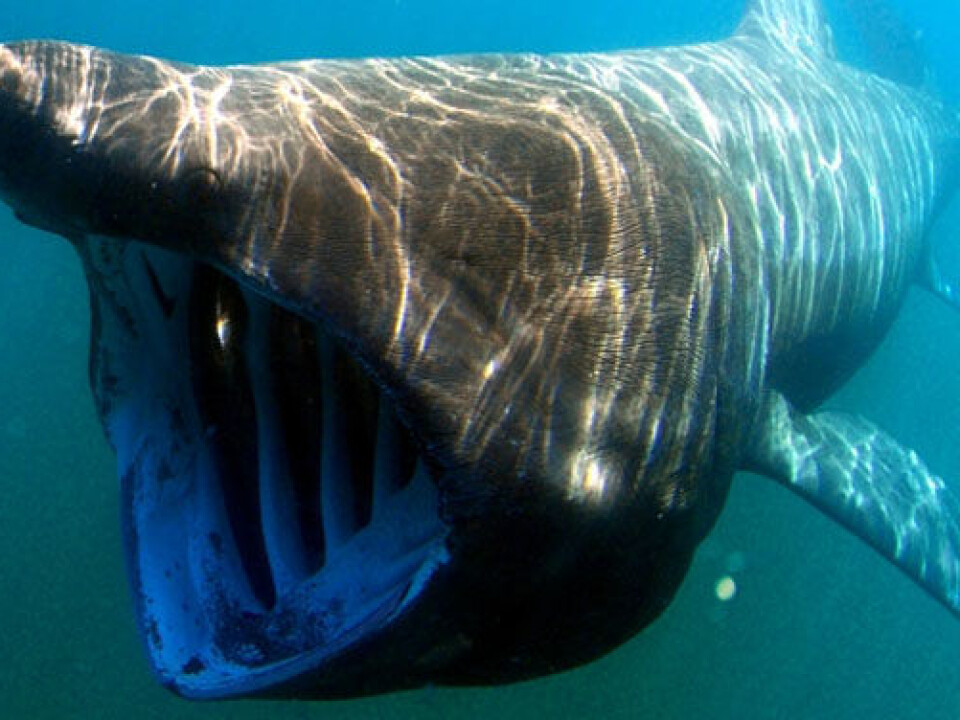
“Even if some large members of the cat family have lived for a while outside captivity in the UK, there have never been enough of them to establish a stock. So they are certainly gone now, if they ever existed at all.”
The most probable cryptid
It’s not completely uncommon for cryptids – the official name for species that haven’t been confirmed by science – to turn out to be real. The giant squid and the mountain gorilla are examples of species that were once considered myths.
But sometimes species go the other way. For instance the thylasine, also known as the Tasmanian tiger:
“The Tasmanian tiger or Tasmanian wolf, a predator that lived in Australia and Tasmania, was considered a pest by the European immigrants because the animal ate their sheep. By the time it was preserved the farmers had killed so many of them that the stock was unsustainable,” says Ørmen.
The last known thylacine, which had been named Benjamin, died in captivity in the 1930s and the species is now extinct. Or is it?
“Stories are continually cropping up of Tasmanian tigers surviving in the wilderness. Tasmania is a large island and this is the most probable cryptid. We all hope it has indeed survived,” says Ørmen.
Jellyfish squid
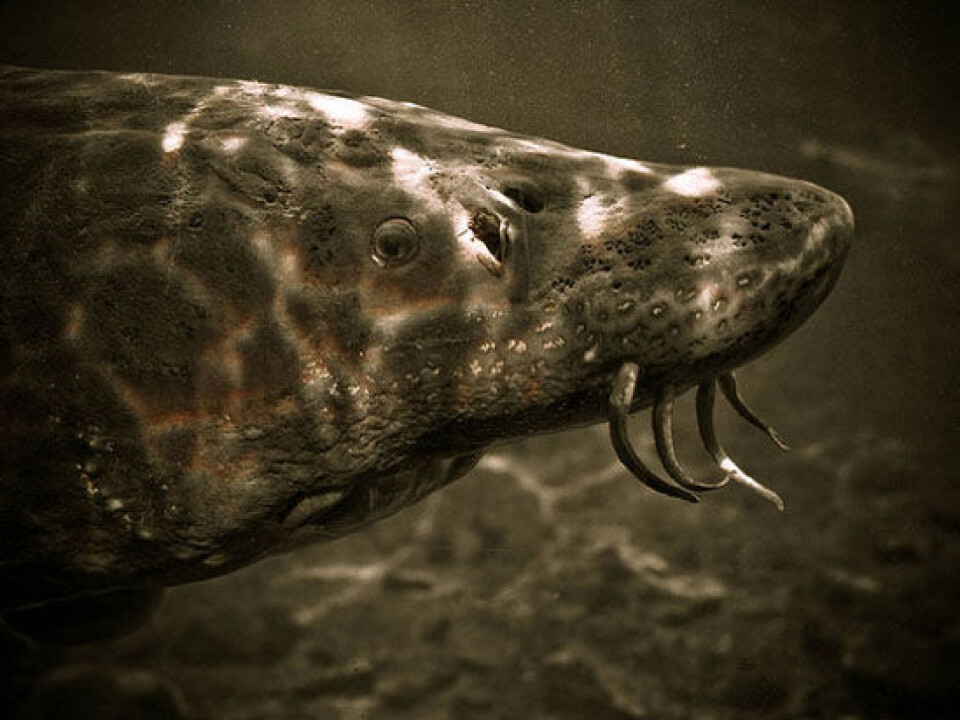
If you want to find new species, at least ones much larger than beetles, land is not your best bet. We now populate and have mapped most of the land on this planet, but we’ve only investigated about 10 percent of the oceans.
As recently as 2003 the BBC reported a 12-metre blob of biological material that had washed up on a Chilean beach. Marine biologists are still uncertain what this was. This makes it a typical case for your cryptozoologist, until its identity can be determined.
“Down in the depths we find creatures that we had no idea existed, and not infrequently. Among these is a type of transparent squid which has roughly the same consistency as a jellyfish,” says Ørmen.
He explains that in terms of evolution, a transparent squid is quite logical. The sperm whale, which eats squids, finds its prey by a type of natural sonar. Instead of echoing back, the whale’s sound waves pass right through this transparent body, and the squid can hide in open waters.
“Now and then these squids wind up in nets when deep sea prawns are being trawled. But with their consistency they pass right through the nets and are destroyed. So we haven’t been able to study them properly yet,” says Ørmen.
“But what an exciting animal!”
No monster in Loch Ness
Above all, cryptozoology brings to mind people with tinfoil hats pacing the shores of Loch Ness looking for a sea monster. Can there by a grain of truth in the Nessie myth?
“The Loch Ness myth has been thoroughly disproved but there will always be some conspiracy theorists that stand their ground,” says Ørmen.
In Nessie’s case there are plenty of valid explanations of what the purported sea monster photos actually show.
“One of the pictures is really a basking shark. We can see its characteristic dorsal fin and the wake from its snout, which this fish keeps right at the surface, just like in the photo,” explains Ørmen.
“Another purported Loch Ness photo is of a pilot whale. Then you might ask what a shark or a whale are doing in a lake, but that is still a much more credible scenaraio than a dinosaur.”
Nessie the sturgeon?
If Nessie actually is a collective term for one or more marine animals that have entered the lake, they would have had to make their way up the river Ness. One of the stories that feeds the Nessie myth is of something large and looking like a crocodile that was observed on its way up the river in the 1930s.
“A woman reported seeing such an animal from a boat. She said it had large scales on its back and sharp canine-like teeth sticking out of its mouth. It was also enormous. This description fits a very real animal to a tee,” says Ørmen.
That animal is a sturgeon and several species of these fish now live in much of Europe.
“The sturgeon has long feelers under its nose, it has a snout that is similar to that of a crocodile and it can be up to six metres long. The sturgeon is also one of the creatures that could actually survive in the cold waters of Loch Ness, because it has a very low metabolism rate and grows to be quite old.”
Wouldn’t have believed the blue whale existed
“Cryptozoology is multidisciplinary and it has to rely on a broader base of source material than common zoology. For instance a lot of information comes from folklore and local myths. Some of them pan out, like the okapi, but others turn out to be nonsense.” he says.
“It would be fabulous if there were a stock of sturgeons in Loch Ness, but there aren’t. People have thoroughly examined the entire lake with sonar and would have found them if they were there. So if any existed they’ve either left the way they came, or they’ve died out.”
“No is also an answer in cryptzoology in the same way as it is in all other fields, although this is hard for Big Foot believers to accept,” he asserts.
For Ørmen, yeti enthusiasts are about as frustrating and fanatical as Tea Party conservatives are for moderate American Republicans.
“I still haven’t run into a biologist who isn’t interested in cryptobiology, but most of them don’t like to broadcast it. There are far too many people out there spoiling things with stories that are obviously whacko,” he says.
“But the issue of what is fantastic is simply a matter of what happens to be living on the Earth today. Take the giraffe and the blue whale for instance: if we didn’t know they exist we’d never believe they existed either.”
————————————-
Read this article in Norwegian
Translated by: Glenn Ostling






























